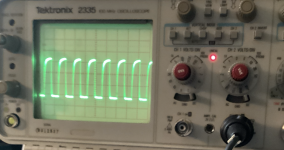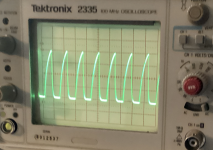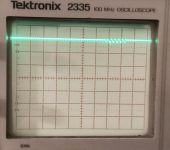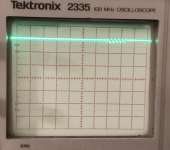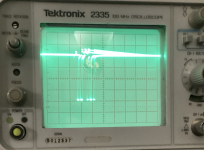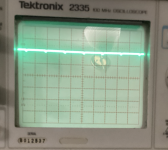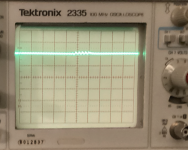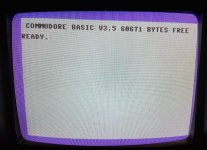DistantStar001
Experienced Member
- Joined
- May 8, 2019
- Messages
- 246
Any idea what might be causing this?
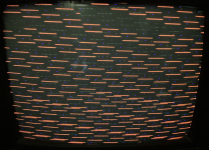
I've replaced the TED (new/old stock), PLA (PLAnkton, CPU (6510 w/ adapter), Kernal ROM (had to because of the cpu). This screen has shown up before, but it used to boot at least some of the time. But it was glitchy (printing random characters on the screen/corrupted characters). Now, this is all I get.
Note: I get this screen even when the kernel or CPU is removed (also both).

I've replaced the TED (new/old stock), PLA (PLAnkton, CPU (6510 w/ adapter), Kernal ROM (had to because of the cpu). This screen has shown up before, but it used to boot at least some of the time. But it was glitchy (printing random characters on the screen/corrupted characters). Now, this is all I get.
Note: I get this screen even when the kernel or CPU is removed (also both).

